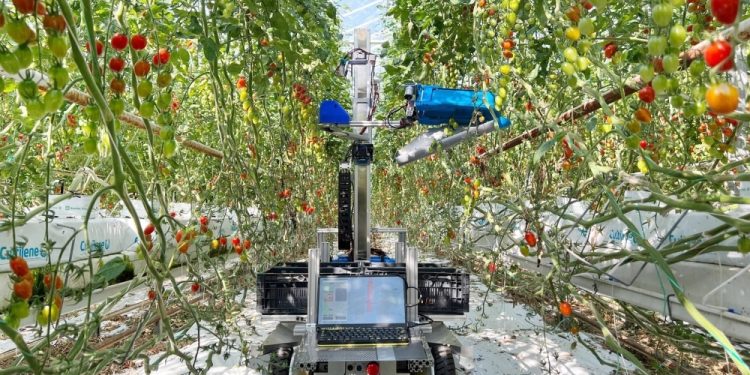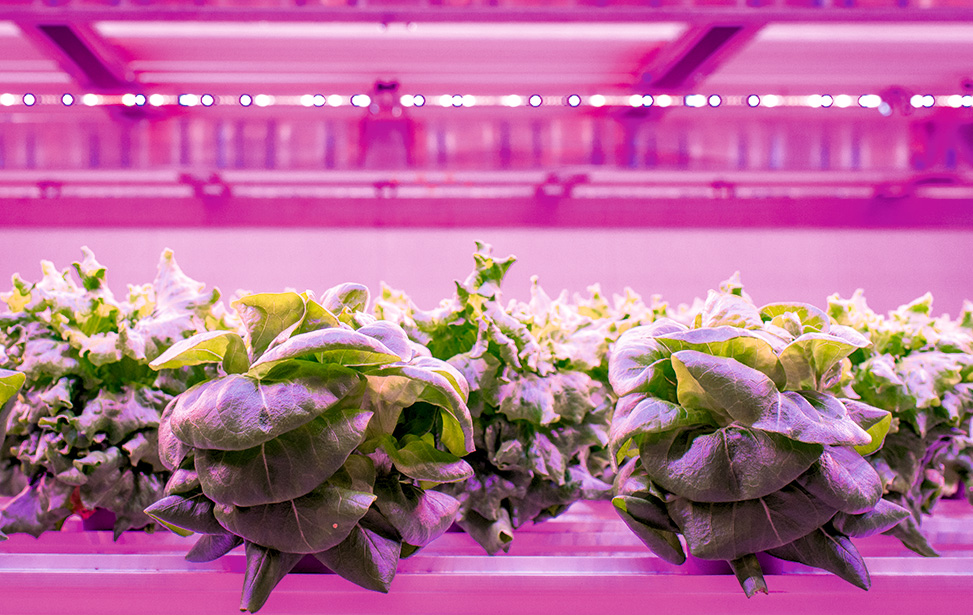#SmartAgriculture #AIinFarming #AgriculturalInnovation #RoboticsinAgriculture #PrecisionFarming #FarmingTechnology #LaborShortage #CropHarvesting #JapaneseAgriculture #AgriTechTrends
In recent years, Japan has witnessed a significant shift in its agricultural landscape, with smart agriculture taking center stage. The integration of AI-based robots in farming practices is not only addressing the acute shortage of labor but also ushering in a new era of efficiency and precision.
One noteworthy example is the deployment of AI-equipped robots by large-scale greenhouse farmers. Venture businesses, like Agrist and Inaho, have developed cutting-edge technology to automate tasks traditionally performed by human hands. These robots are designed to navigate through greenhouses, accurately identifying and harvesting ripe crops.
Takamiya No Aisai, a farm in Hanyu, Saitama Prefecture, has embraced this technological leap by leasing an automated cucumber harvester from Agrist. Equipped with a camera and AI, the robot assesses the optimal time to harvest cucumbers, ensuring a precise cut without damaging the stems. Takeshi Yoshida, the head of the farm, expressed confidence in the robot’s accuracy, especially in times of labor scarcity.
Similarly, Inaho, an agricultural venture company in Kamakura, Kanagawa Prefecture, has ventured beyond Japan, leasing AI-equipped robots to farms in the Netherlands. These robots can selectively pick ripe cherry tomatoes, showcasing the adaptability and global potential of smart agriculture technology.
Soya Oyama, Chief Operating Officer at Inaho, emphasized the immediate support these robots provide to farms facing labor shortages. While acknowledging that there’s room for improvement and expansion, Oyama envisions a future where robots play a pivotal role in crop harvesting.
Takanori Fukao, a professor of robotics at the University of Tokyo, sees this as a precursor to a broader implementation of harvesting robots in open-field cultivation. The transition to a more automated farming landscape may require strategic planning, including the optimal placement of crops to accommodate the capabilities of these robots.
The surge of AI-based robots in Japanese agriculture signifies a transformative era. These technological advancements not only address immediate challenges but also pave the way for a future where smart agriculture becomes a global standard. As Japan pioneers the integration of AI in farming, the world watches closely, anticipating a paradigm shift in agricultural practices.












